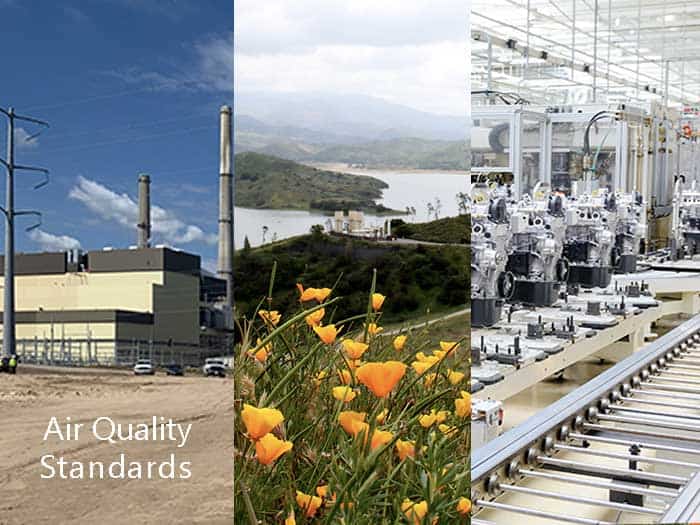


The other night, I woke up in a bit of a panic and thought that I must have missed an announcement by the USEPA regarding the PM2.5 NAAQS reconsideration! Did I?
The answer, thankfully, is no! However, that is not any reason to relax and take no action.
By way of background, the Clean Air Act requires that the USEPA set National Ambient Air Quality Standards (NAAQS) for each of the criteria air pollutants, including particulate matter (PM). These NAAQS are based on the best available science and aim to protect human health and welfare. In June of 2021, the USEPA announced that they would reconsider the 2020 PM NAAQS final action under the prior administration that did not lower any standards. Then, in January 2023, the USEPA published the proposed rule to revise the PM2.5 primary annual standard down from 12 micrograms per cubic meter (µg/m3) to within a range of 9-10 µg/m3. In that proposal, the agency retained the 24-hour standard of 35 µg/m3.
The comment period for this proposed rule has since closed, and the agency is now working through over 5,000 submitted comments. It is unclear when the USEPA will issue the final rule (it could be any day now) and if the new annual standard will be set at 9 or 10 or something in between.
What does this mean for me as a regulated source? What should you do? SCS Engineers recommends the following actions:
Additional Resources:
About the Author: Rafe Christopherson, PE, is a project director and SCS’s industrial Clean Air Act leader. He is an air quality professional with a wide variety of experience over his 25-year career. His expertise includes consulting, working at an air quality regulatory agency and with industry. His expertise includes semiconductors, biofuels, pulp and paper, hardwoods, power generation, refineries, and general manufacturing. If you are interested in more information on this PM2.5 NAAQS reconsideration process and what it might mean for your business, you may reach Rafe at or via LinkedIn.